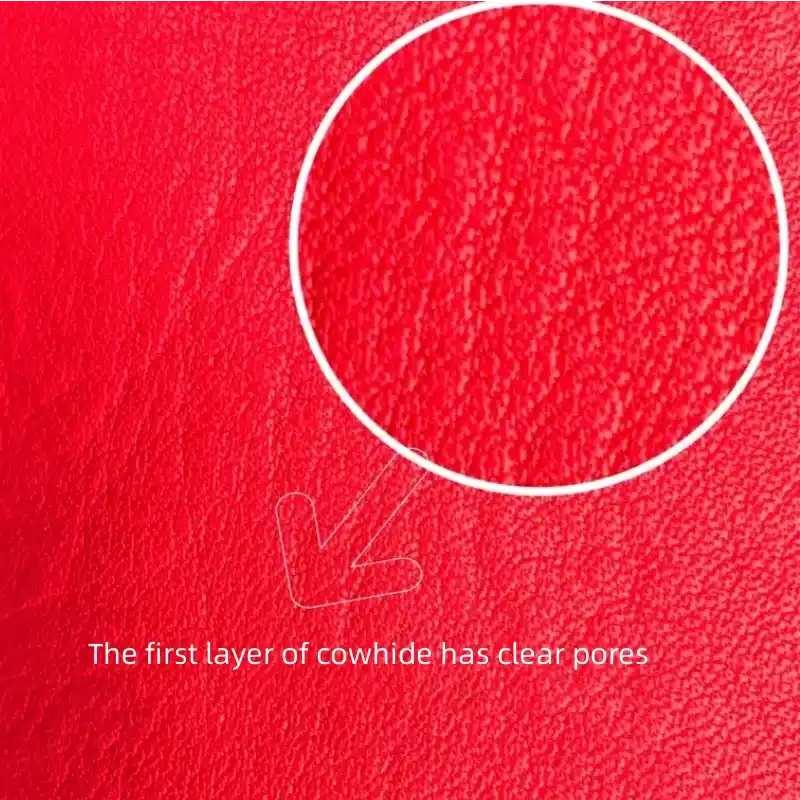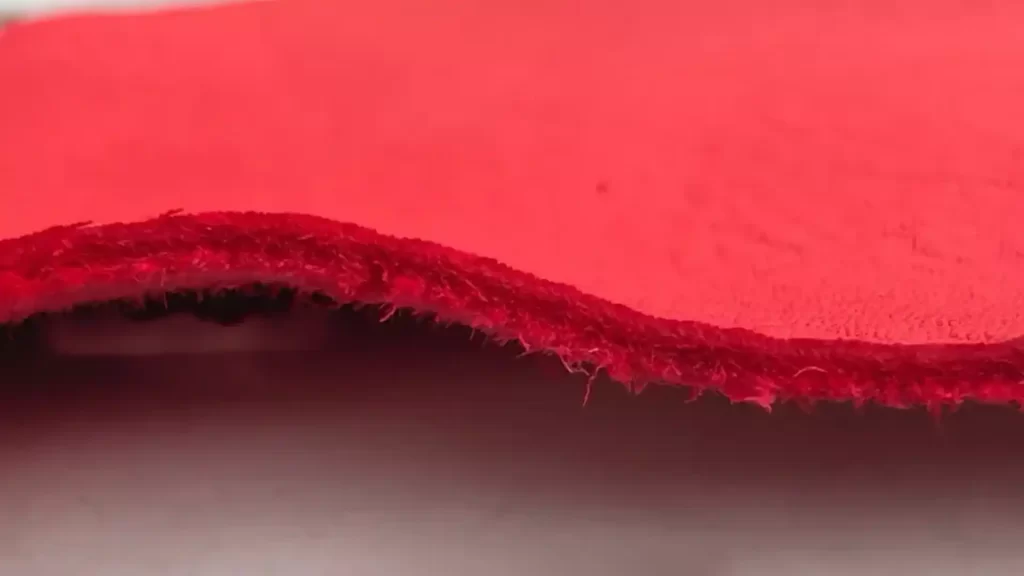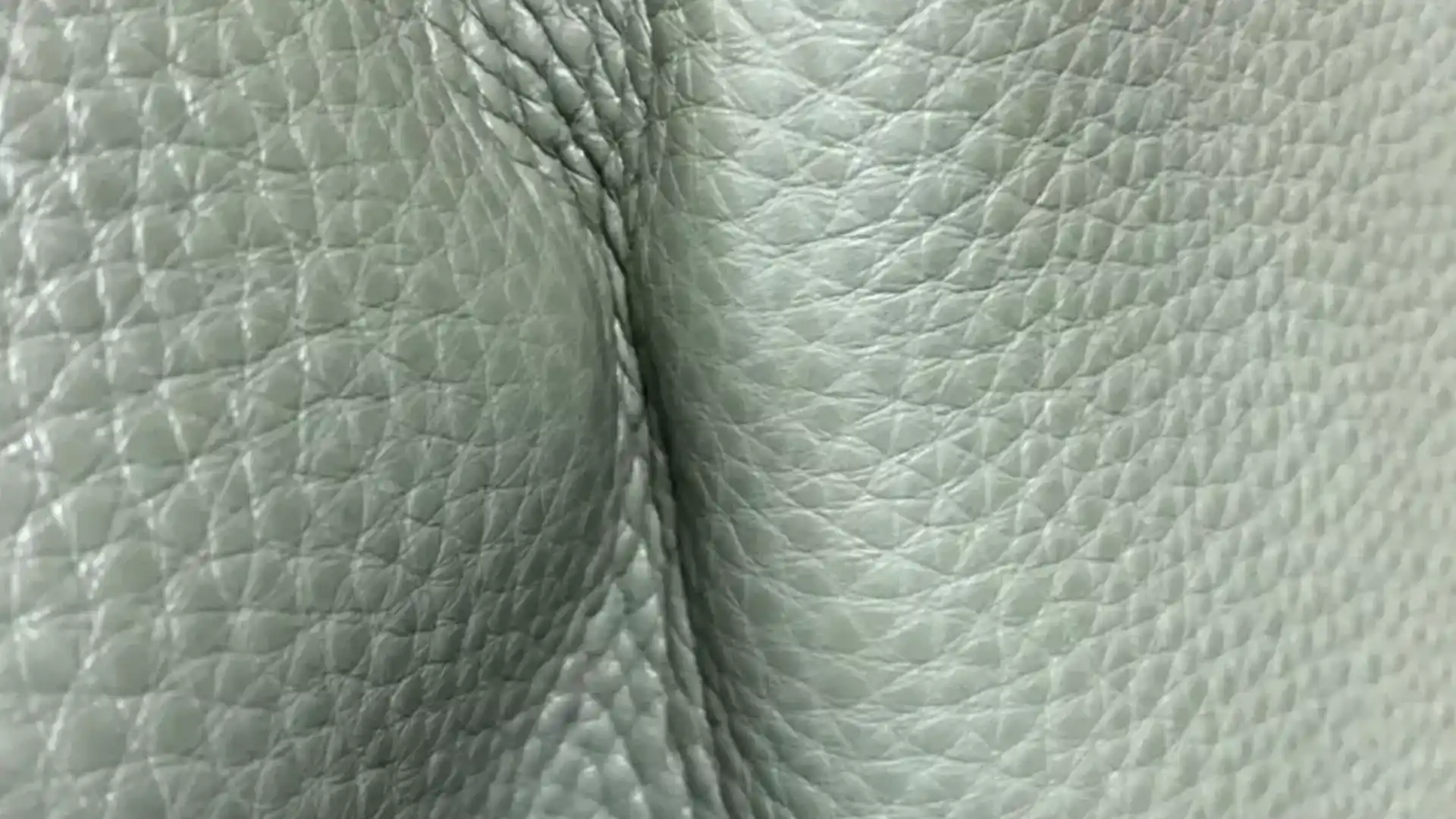Discover Full Grain Leather: The Epitome of Authenticity
Full grain leather stands as the pinnacle of leather authenticity, renowned for its unparalleled quality and distinctive characteristics. This type of leather, derived from the top layer of animal hide, retains its natural integrity and beauty, making it a sought-after choice for discerning consumers.
Full grain leather boasts a remarkable durability and strength, attributed to its intact grain surface and minimal processing. Unlike other leather types, full grain leather maintains its original texture and markings, showcasing the unique identity of the animal it originated from. Its inherent breathability and suppleness further enhance its appeal, offering a luxurious feel and exceptional comfort. Despite its premium pricing, full grain leather products are cherished for their longevity, developing a rich patina over time that adds to their character and charm.
Understanding Different Types of Leather: Full Grain vs. Corrected Grain
In the realm of leather processing, finished leather can be categorized based on its structure into two main types: top grain and split grain. Among these, the counterparts are full grain and corrected grain leather. Full grain leather is characterized by its smooth surface, untouched by polishing or buffing, allowing the natural texture (grain) of the animal hide, typically from cattle, to remain visible with clear pores. It is the most durable and resilient part of the hide.
On the other hand, corrected grain leather undergoes slight polishing and buffing to remove imperfections on the grain surface, followed by dyeing and embossing processes to achieve a more uniform appearance. This treatment helps to minimize any scars or blemishes resulting from injuries sustained by the animal during its lifetime, ensuring a smoother aesthetic.
The quest for “ideal” full grain leather is subjective and often depends on personal preferences and the intended use of the leather product. While flawless full grain leather is rare, slight variations such as markings or color changes within acceptable quality standards authenticate its natural origin, assuring users of its high quality, functionality, and durability. Too uniform a leather surface may raise doubts about authenticity. Trust that these imperfections do not compromise the leather’s performance.
How to Identify Full Grain Leather
How to Identify Full Grain Leather
Touch Test: Full grain leather feels smooth, soft, full, and elastic to the touch, whereas synthetic leather tends to feel rough, stiff, and lacks suppleness.
Visual Inspection: Full grain leather exhibits clear pores and patterns on its surface. Cowhide typically features evenly spaced fine pores, while buffalo leather has larger, sparser pores, and goat leather displays a distinctive scale-like pattern.
Smell Test: Authentic full grain leather carries a characteristic leather scent, while synthetic leather emits a strong, often unpleasant plastic odor.
Burn Test: To differentiate between real full grain leather and synthetic alternatives, tear off a small fiber from the back of the material and ignite it. Full grain leather produces a hair-like odor and forms a soft ash residue, while synthetic leather emits a pungent smell and leaves behind hard, knot-like residues.
By employing these methods, you can confidently discern between genuine full grain leather and synthetic alternatives.
Identifying Faux Leather and Synthetic Leather
With the aforementioned four basic identification methods, distinguishing between faux leather and synthetic leather becomes straightforward. Additionally, faux leather and synthetic leather exhibit the following characteristics:
- When pressed with fingers, the leather surface lacks distinct pores or wrinkles. Any wrinkles formed upon pressing do not naturally disappear.
- The surface of the leather lacks pores, which is a key feature in identifying genuine leather.
- When a corner or edge is cut and burned, it produces an odor, albeit not the characteristic burnt hair smell.
These attributes serve as key indicators in discerning between genuine and artificial leather.
Identification Method of Full Grain Leather

In the above image, we can clearly see the surface texture and the pores that penetrate deep into the leather on lightly embellished full-grain leather.

Furthermore, it is essential to examine whether the leather’s cross-section includes the grain layer and reticular layer to identify genuine full-grain leather. Also, checking for reticular fibers on the backside of the leather is crucial. These factors contribute to identifying full-grain leather.
Conclusion
In conclusion, there are various methods to identify genuine full grain leather. If you prefer full grain leather bags or other related leather products, feel free to choose from our selection of leather goods, all crafted from top-quality leather.



